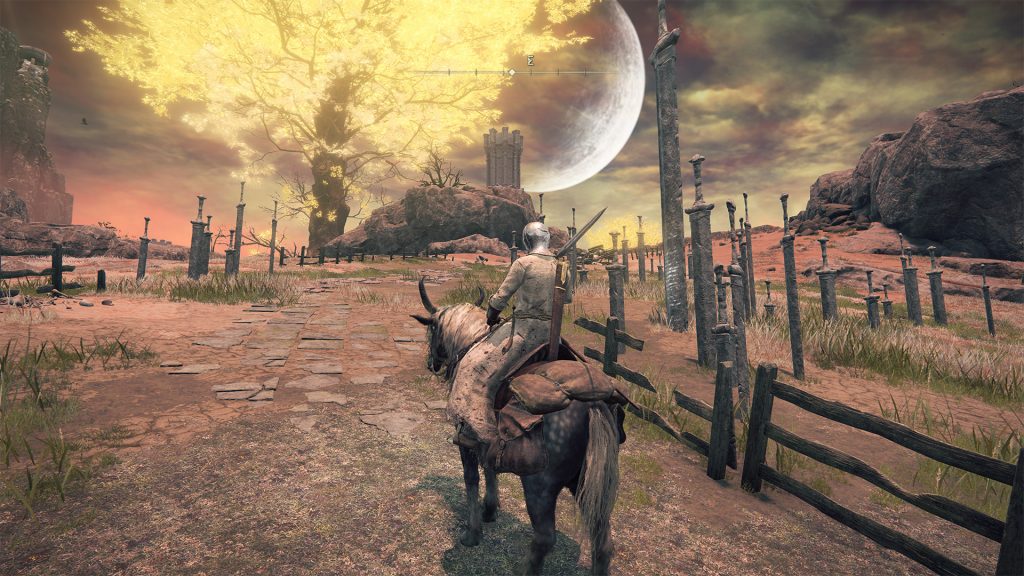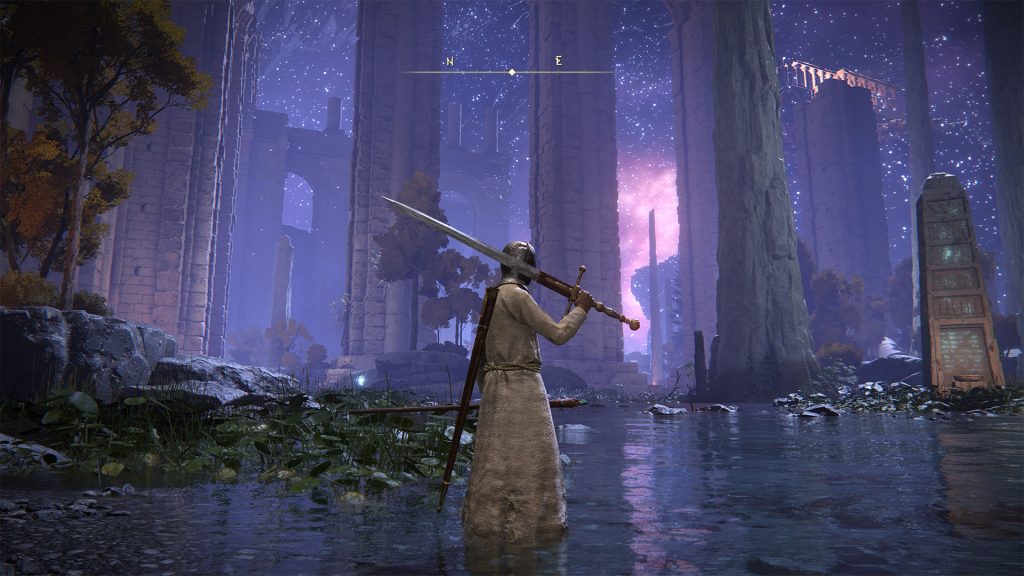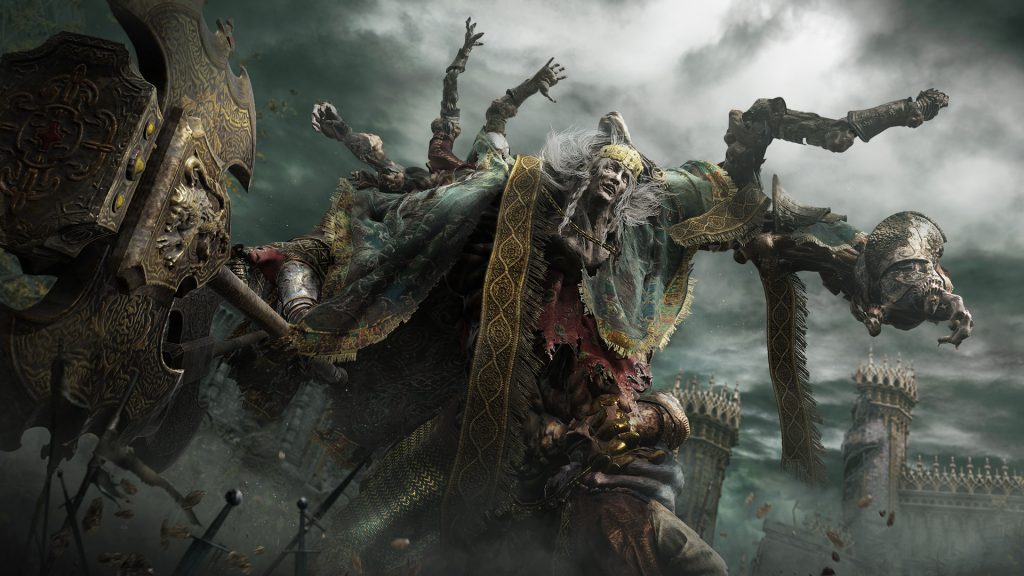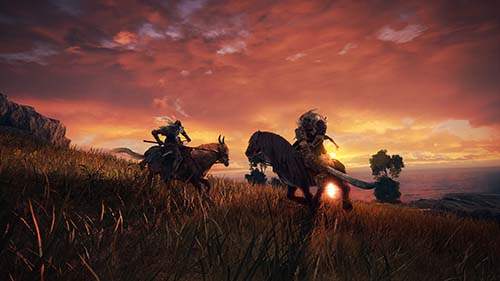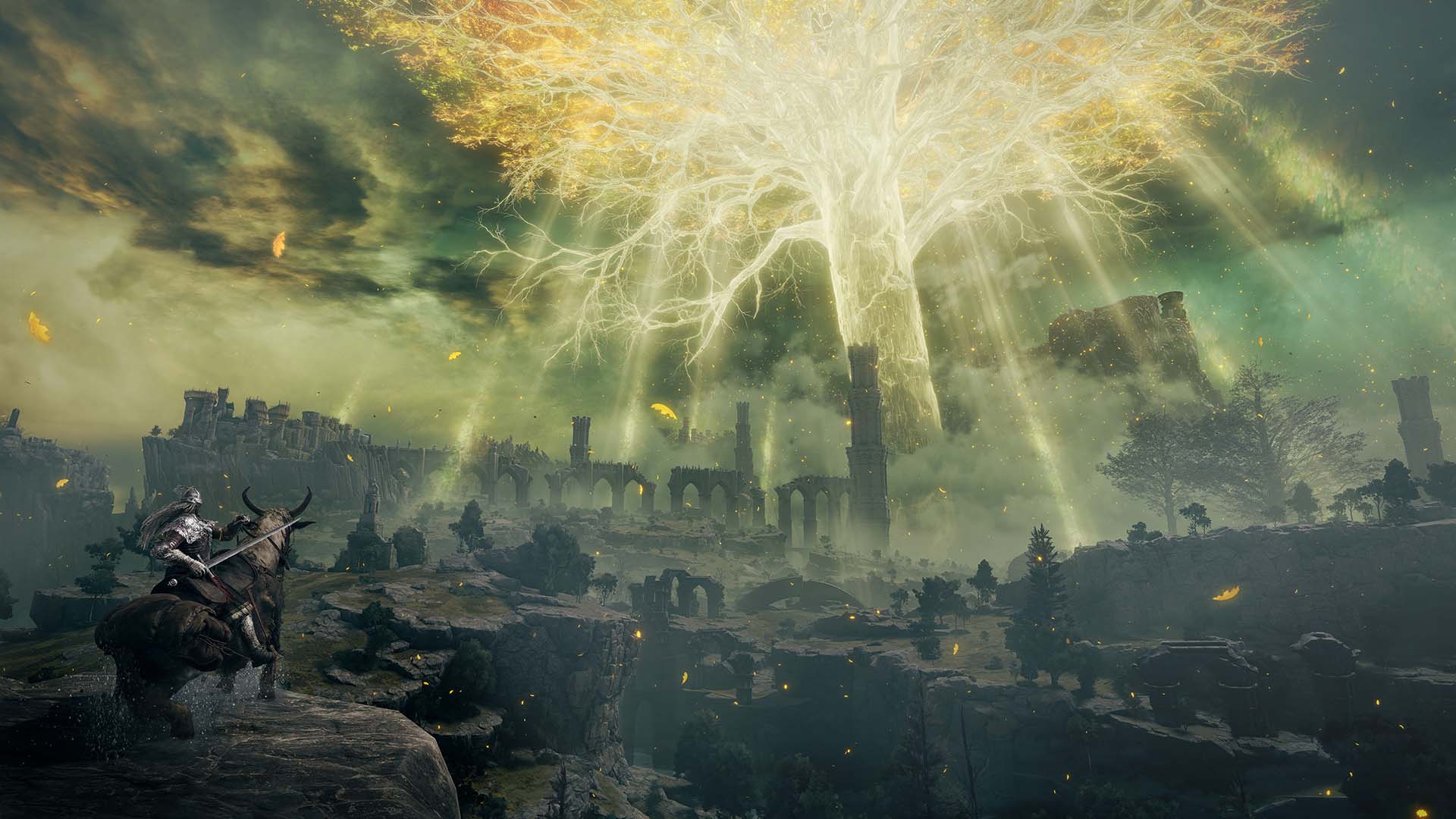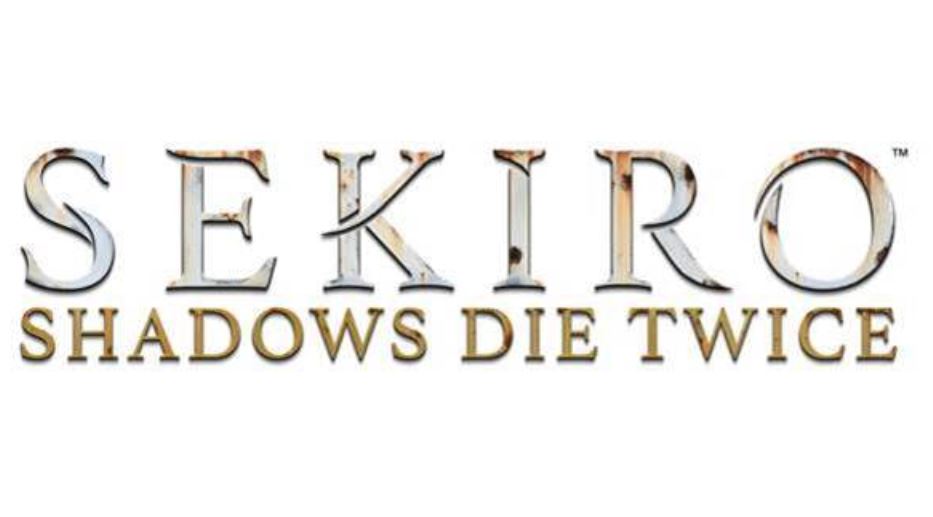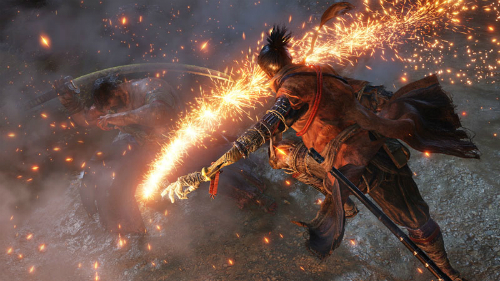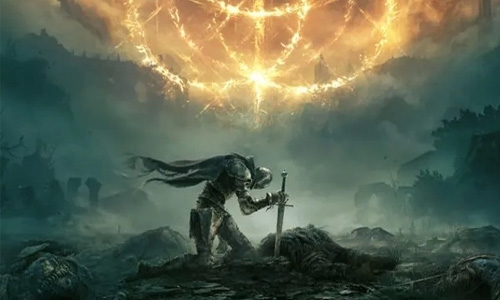
Elden Ring is the latest action role-playing game from developer FromSoftware, known for the fiendishly difficult Dark Souls, Bloodborne and Sekiro: Shadows Die Twice. While Elden Ring continues this tradition in providing an intensely challenging experience, it’s also FromSoftware’s largest game to date, with a huge open world and the freedom to explore it at your leisure. This simple change alone makes for an infinitely compelling spin on the Souls formula, but Elden Ring also evolves the design in new ways that open even more possibilities, making a game that is sure to be loved by Souls fans, and offers the best entry point yet for newcomers.
Like many of FromSoftware’s creations, the world of Elden Ring, known as The Lands Between, is a hauntingly beautiful realm in a state of decay. The titular Elden Ring has been shattered, with its pieces tainting the Lords who hold them and control pieces of the land. Colossal ruins fill empty fields, while castles and monolithic roads bear the wounds of ancient wars, and some areas are simply left in a perpetual state of rot. However, across the world the golden Erdtree stands tall, its branches spreading across the sky, providing mystical warmth and colour. While many who remain in the lands have become undead or monsters, your character is Tarnished – an exile brought back to the Lands Between to to restore the Elden Ring and become the Elden Lord.
Elden Ring‘s story feels more straightforward than other FromSoftware RPG’s, but is still largely told through vague conversations with optionally-found NPCs and item descriptions. It’s a method of storytelling that Souls fans will appreciate, and allows for an incredible amount of atmosphere in the world, as detailed locations feel steeped in lore and meaning. Whether some of it goes over your head (as it frequently does with mine in Souls games) may depend on how diligent you are in taking your time to absorb the way the story is presented to you in Elden Ring.
The game is frequently beautiful, and consistently creative, even if many locations and ideas feel like remixes of FromSoftware’s back catalogue, from precariously scouring castle rooftops and dodging firebombs, to facing well-armored Black Knight-esque foes or wildly moving and mutated Bloodborne-esque bosses.
This main path is indicated to you in each area by a gold mist which flows from checkpoints, giving you a general direction on where to go to carry out your quest to defeat the main bosses, and collect the story-integral Great Runes. However, upon opening the doors to Elden Ring‘s initial area of Limgrave, you’re free to roam the huge map and explore wherever you choose. A spectral steed, named Torrent, can be summoned to carry you across the empty plains faster, or you may find other ways to traverse the environment. It feels very inspired by Breath of the Wild, as while there is an ultimate goal and steps to take to achieve it, there’s really no consequence to ignoring it and instead spending hours fighting giant bears in a forest, or mapping the world’s extensive underground.
The open world really is a gamechanger for the Souls genre. While past games were always interconnected, and even had wide open spaces, the sheer space and scale that Elden Ring offers actually has multiple implications for gameplay. Stealth becomes much more viable for many more encounters, as does rushing in with Torrent and engaging in horse-back combat. Using network connectivity, you can team-up with another player to hooligan around the open wilds and gang up on roaming enemy squads.
Dotting the landscape are caves and openings which lead to similarly-designed dungeons, that nonetheless offer creative additional bosses which drop useful goodies upon defeat. But there are also scores of little moments and surprises that seem to be around every corner in The Lands Between. Invasions by both evil and friendly spirits, genuinely charming and funny meetings with weird characters or sudden interruptions by colossal foes. Elden Ring is massive, with a playtime likely approaching 90-100 hours if you were to actually take your time to explore everything, and there’s no shortage of these discoveries throughout.
Player freedom is the key to why Elden Ring is so special, and it’s also why the game deepens most of its systems. Not only are there multiple forms of magic to specialise in, not only are there multiple ways to incorporate spells or special abilities (‘Ashes of War’) into your character setup, but even the summoning system has been upgraded. It’s never been easier (aside from some network hiccups in these early weeks) to summon co-op partners, collected at summoning pools in key locations, to tackle harder enemies, but if that all sounds like too much socialisation there’s also an entire system dedicated to summoning creatures from the world to do your bidding, or at least provide some needed distractions.
There’s a huge list of bosses that get thrown at you with startling frequency, yet with the confidence of a game that had only 1/10th the encounters. Some are simply cool designs with some dangerous tricks up their sleeve, while others have absolutely insane multiple phases that aren’t just challenging, but completely bonkers. Not every boss has to be tackled at the moment you find it, and often you’ll find it much easier to stick a marker on your map indicating where you found it, and simply carry on, to return once you’ve grown stronger. Elden Ring‘s open design makes it feel more welcoming to new players unaccustomed to the Souls tradition of throwing yourself at a boss countless times until you win – now, you can almost always just ride past and ignore it until later.
There’s really very few things to complain about in Elden Ring, especially if you’re playing on consoles like Xbox Series X or PlayStation 5. On PC, players have reported performance issues which hopefully the developers can promptly address. On consoles, the game largely runs like butter, with some small network issues that can make trying to find a working co-op partner link like a proverbial needle in a haystack, but again this is an issue that can hopefully be addressed in time.
As a disclaimer, Elden Ring is a challenging experience, and for people who already dislike FromSoftware’s tough-as-nails approach on games like the Dark Souls series, Bloodborne and Sekiro, then Elden Ring may not do much to change their opinion. Fundamentally, it is still an evolution of that core Souls gameplay. While I believe it does a much better job of providing a more welcoming difficulty curve, with tactics for avoiding tough foes taught early on, and softer bosses freely available to trounce in the game’s opening area, it can still be bloody difficult the further you get into it. If Dark Souls wasn’t your cup of tea, then it’s safe to say this won’t be either.
That said, if you’ve never tried a FromSoftware game before, then I’d strongly encourage you to check out Elden Ring as a spectacular place to start. Elden Ring mixes every element that Dark Souls has gotten right in the past, blows it out into a huge open world, deepens the level of customisation and player freedom and also manages to look incredible. You can discover more in the very first area before the first major boss, than you can in entire other games. An astonishing amount of work has been put into the world, design and player experience in Elden Ring, and it comes together in what’s easily described as a masterpiece. Elden Ring is a juggernaut of a game.
-Challenging gameplay expands on the Souls formula with expansive customisation and depth -Massive world packed with surprises, discoveries and challenges -A beautifully melancholic atmosphere conveyed through stunning visual and audio presentation
-Some technical hiccups and network issues can frustrate -Players turned off by the Dark Souls series won't have their minds changed here

